The global utility-scale energy storage market is on track for a record year in 2021, with the U.S. continuing to lead the way.
According to a new report from IHS Markit, global utility-scale energy storage installations are set to exceed 10 GW for the first time this year. That’s more than double the 4.5 GW installed in 2020.
Notably, the report does not include smaller commercial or residential energy storage installations, which have also experienced a rise amid distributed solar adoption.
Speaking about the utility-scale report, George Hilton, senior analyst of clean technology at IHS Markit, explained, “The energy storage industry will begin significant multiyear growth in 2021, continuing until 2030, as the technology begins to form a core component of power grids in developed markets and new opportunities in developing markets continue to emerge.”
The report said the U.S. will account for 50% of the global utility-scale energy storage market this year, following a threefold increase from 2020 as storage begins to provide power during times of peak demand at a significantly wider scale.
IHS Markit added it expects the U.S. to continue to extend its dominance of the global market, gaining market share until 2023 when the project pipeline is slated to shrink.
However, the report noted aggressive decarbonization plans in mainland China will lead to rapid growth in the region starting in 2025, driving the Asia-Pacific to account for 44% of global annual installations by 2030.
In Europe, a 70% increase in annual installations will be realized this year, as the technology will begin to be used more widely to keep the grid frequency stable and reduce the intermittency of renewable energy.
“The global market for energy storage is maturing rapidly,” said Hilton. “The number of countries where annual installations exceed 100 MW will increase from nine in 2020 to 17 in 2022. The three biggest contributors to this growth will be the United States, mainland China, and Australia, which are together forecast to supply 4.5 GW of capacity in 2021.”
The report said solar-plus-storage installations are emerging as a major growth factor for the overall market.
Solar-plus-storage installations are capitalizing on recent policy changes in the U.S. such as the extension of the solar Investment Tax Credit (ITC), meaning that energy storage projects co-located with solar will continue to benefit from a reduced tax burden through to 2025.
According to the report, 1.3 GW of tenders have been announced or awarded globally for utility-scale storage co-located with solar PV in the past six months.
Combined with the impact of the U.S. ITC, IHS Markit said it predicts that 3.8 GW of utility-scale solar-plus-storage will be completed this year. That’s a big leap compared to 0.9 GW in 2020. Of the expected 3.8 GW, 2.5 GW will be in the U.S.
This content is protected by copyright and may not be reused. If you want to cooperate with us and would like to reuse some of our content, please contact: editors@pv-magazine.com.
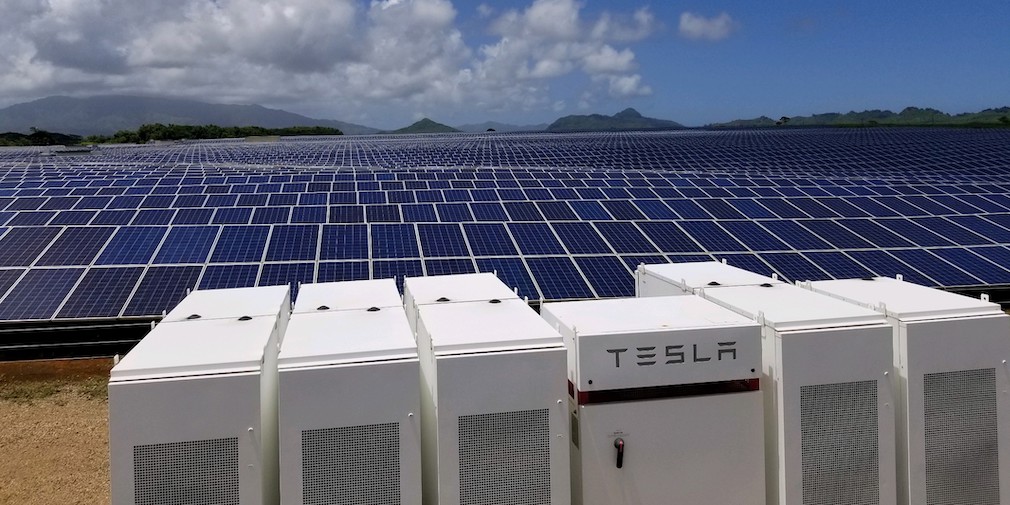
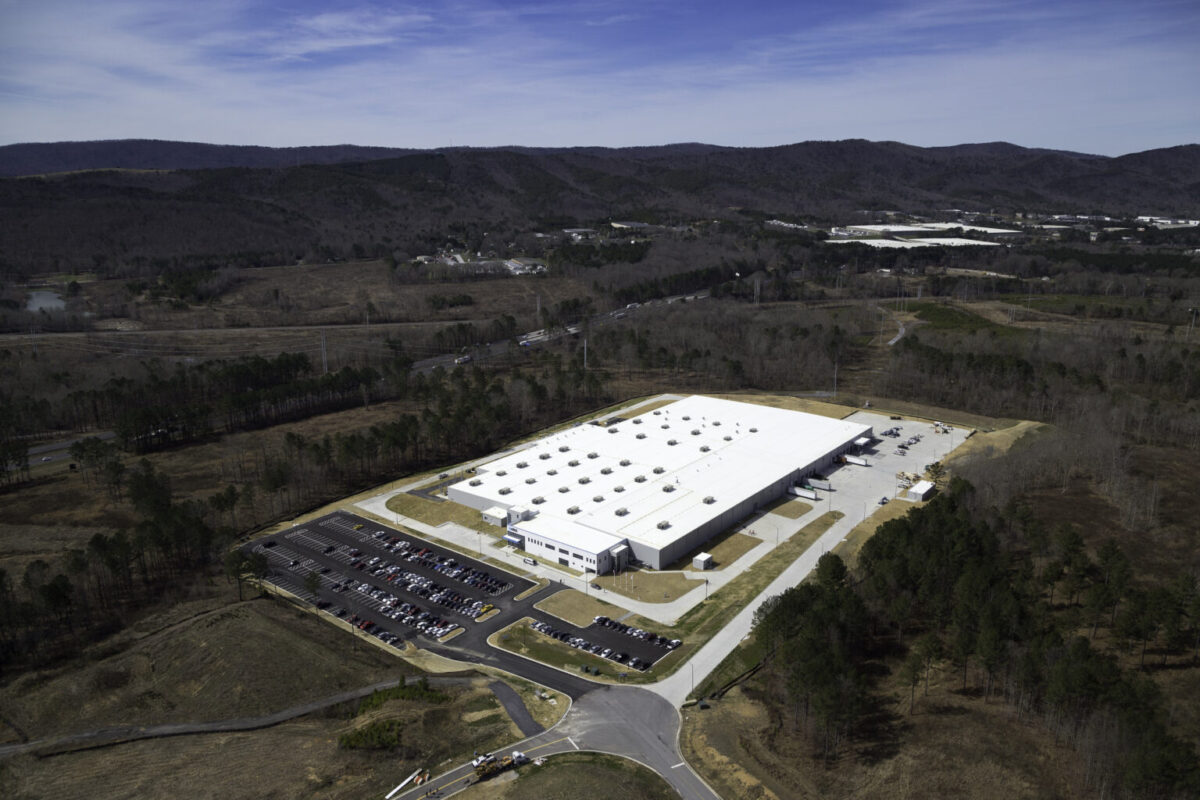


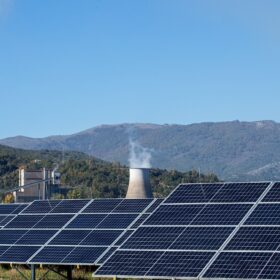
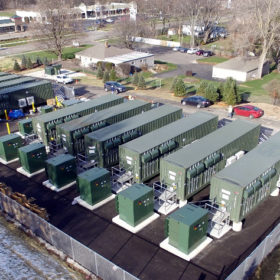

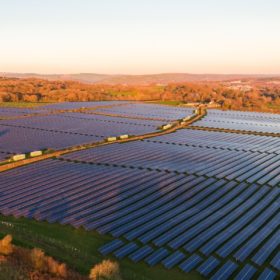
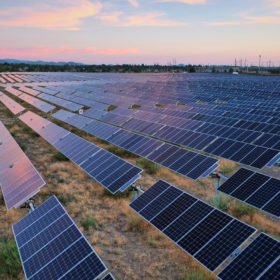
Lithium battereies last 8 to 10 years. What is it going to cost at replacement time??? If the batteries are pre-loaded onto trays with stab in contacts, like on buss bars and buss bar disconnects, hot swapping could be done with re-manufactured trays with new cells. What I have seen is soldered or welded in batteries in hard wired soldered or bolted lug conductors and those will take time to change out and time is money.